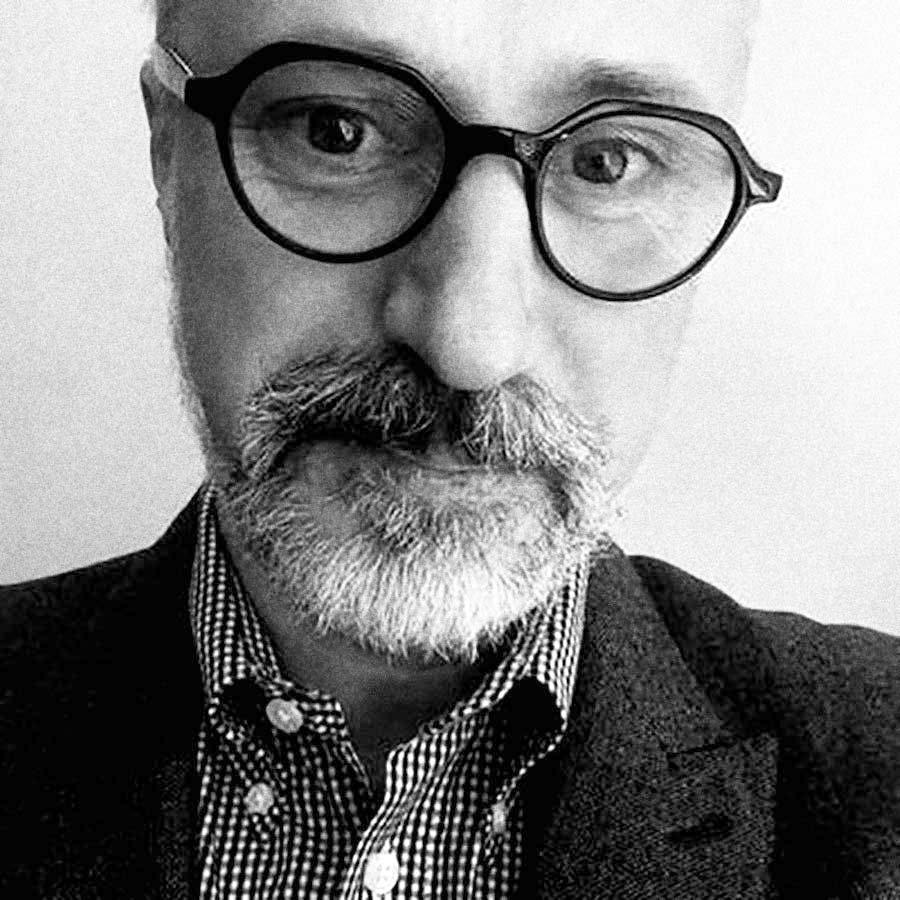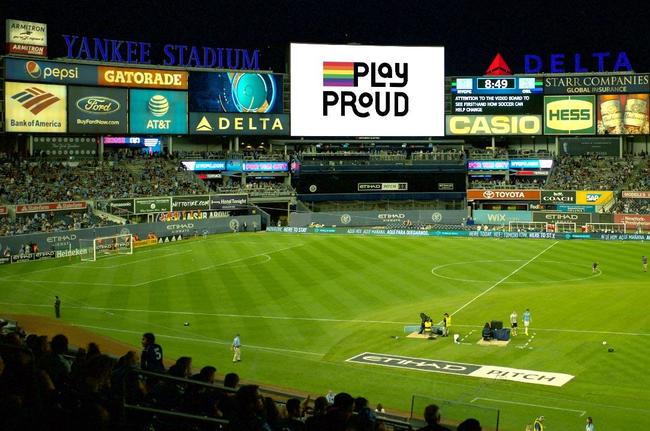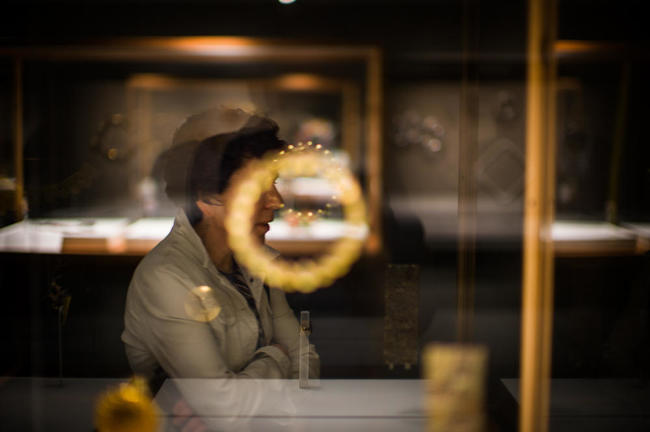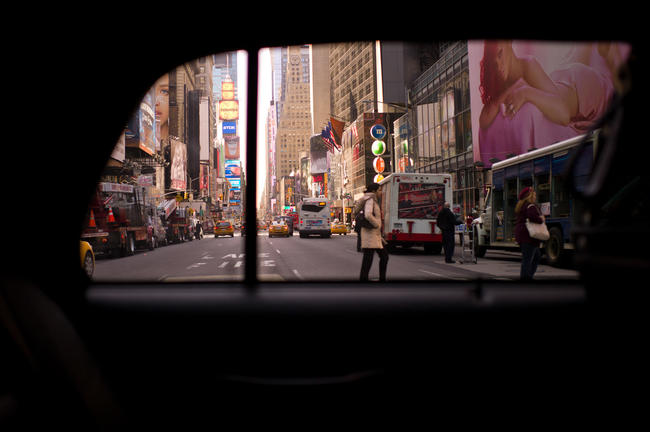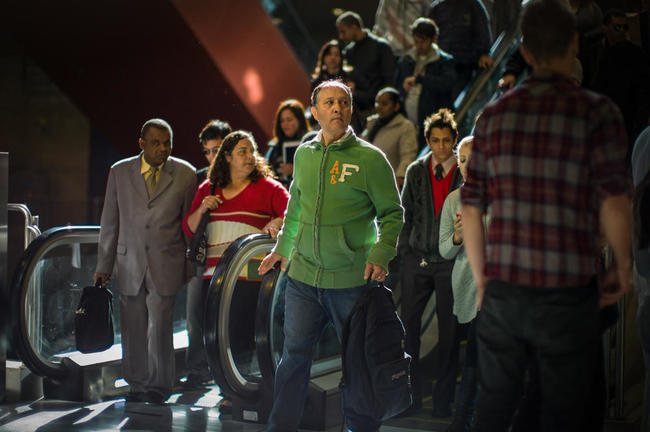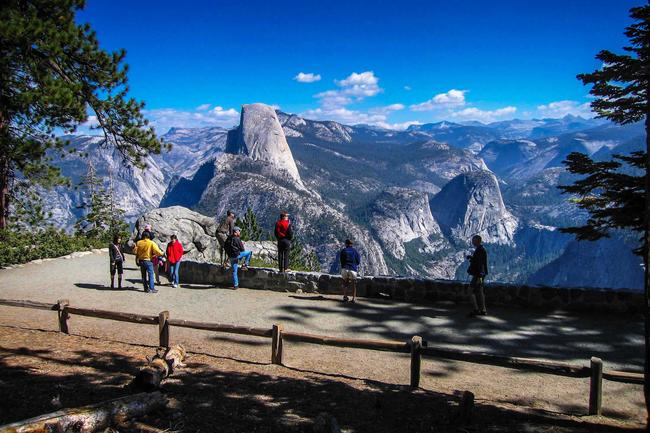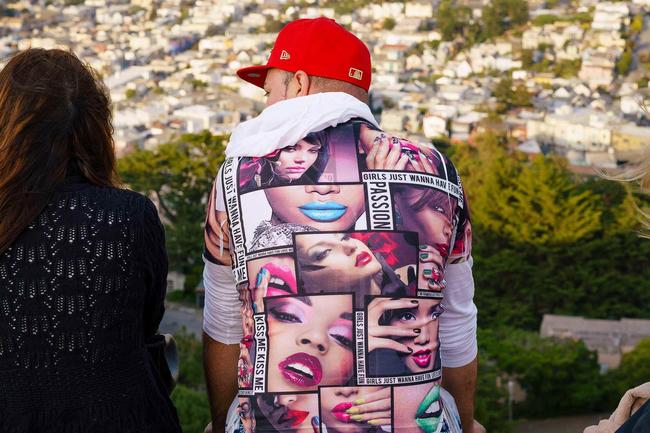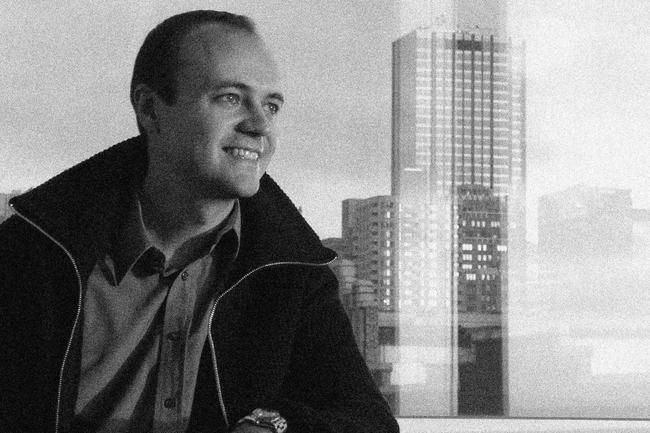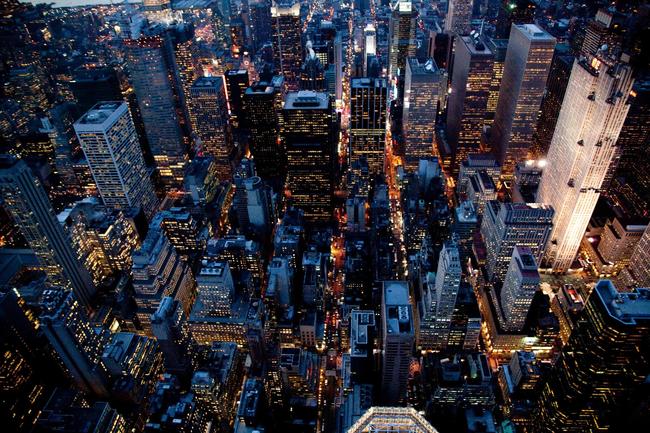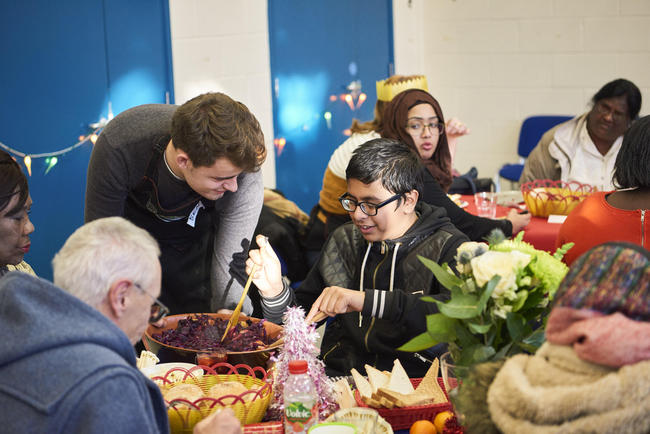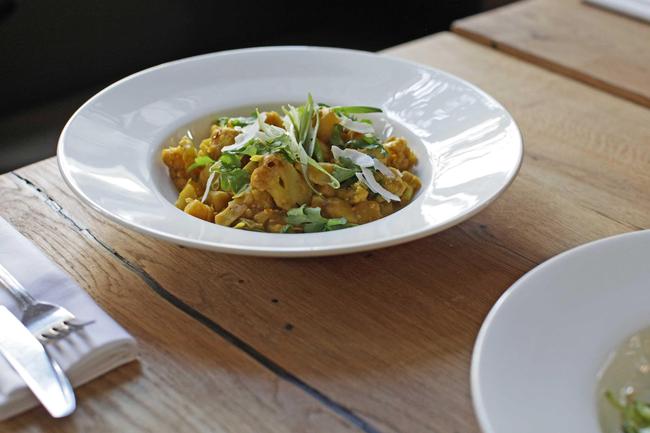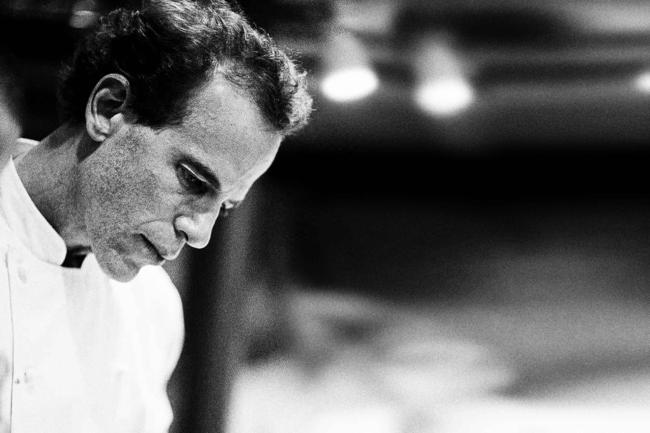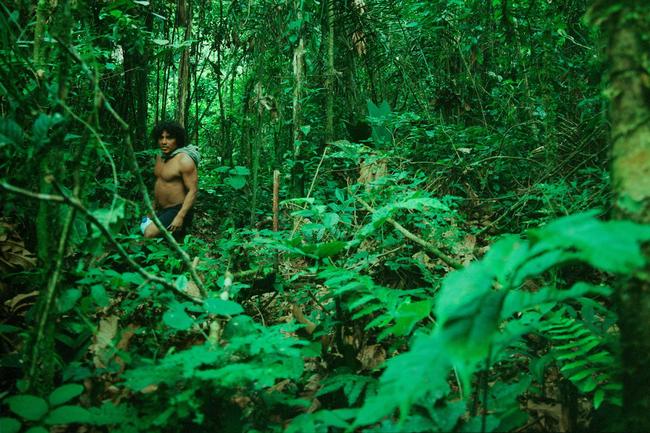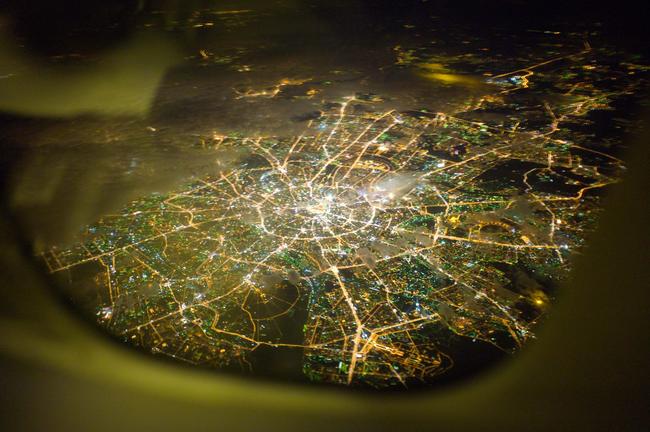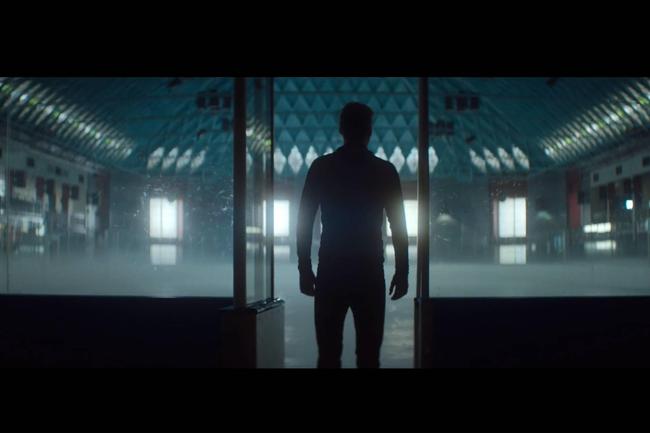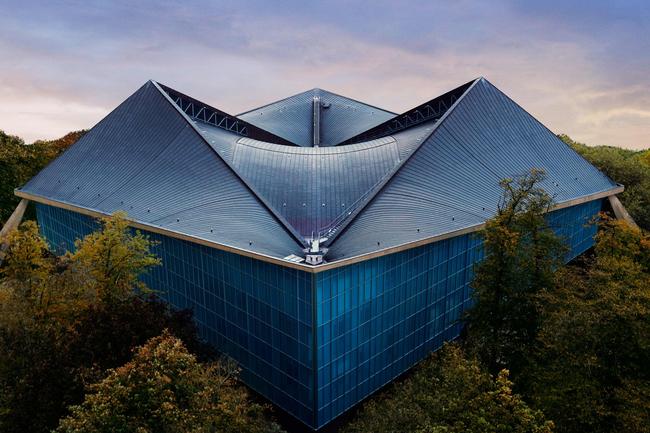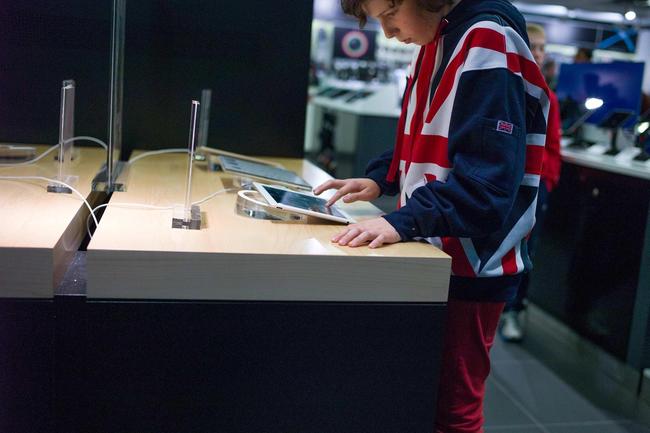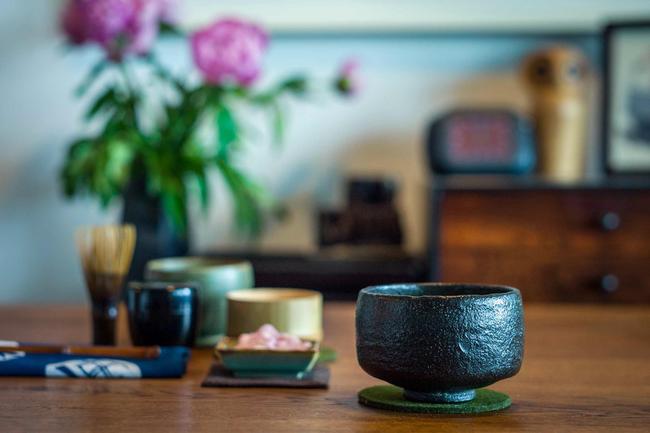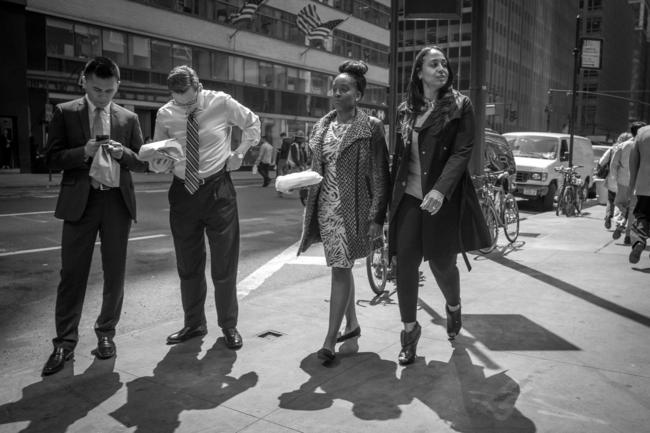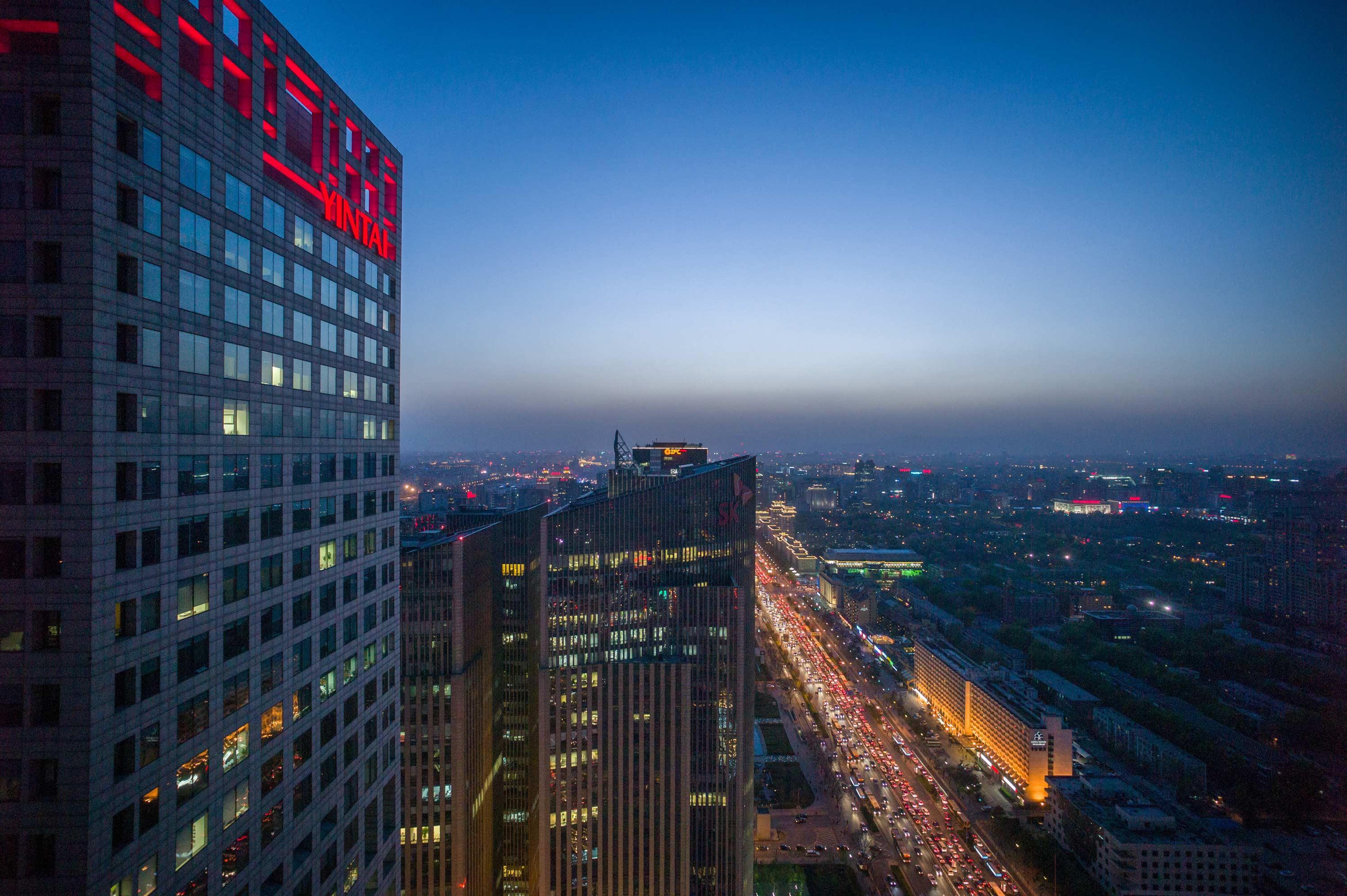
Beyond the smart city
When Jacques-Louis David painted Madame Récamier in 1800, three per cent of people on Earth lived in urban areas. Today, more than half of them do. In just three more decades, about 70 per cent of the human population will live in cities.
Cities today have become their own powerhouses and brands. They compete for a top position on the world stage. For cities to survive and to support their rapidly growing populations there is a need to plan for the future. Infrastructure firms and consultancies are working tirelessly with city officials and planners to make urban areas smarter, more liveable, more sustainable and in turn more prosperous. Tremendous investment is activated to attract job creators, improve infrastructure and make life more socially and economically viable.
A well functioning city can allow for a quite dense population to live, and in a way that can be quite sustainable. Through our recent work we have discovered many cities around the world that are preparing for a future and are even shaping it. We just recently told the story of the metro in Gurgaon, on the edge of Delhi. We looked at the complete infrastructure of the beautiful Chinese city of Zhuhai. We saw how major urban areas can be connected by clean transit, reducing pollution and congestion significantly. We recently told the story of the amazing dam that will protect St Petersburg, even when climate change elevates the sea levels.
Around the world, cities are becoming cleaner, more efficient and smarter.
But even the cleanest and most efficient smart city still needs to grow something akin to a soul. Only through the sustained support and growth of culture and art, can communities continue to thrive and in turn enable cities to be relevant in the long term.
With well curated and communicated art and culture, urban areas can be not just liveable, but truly worth living in; worth building a life in and worth investing in for the long term. Cultured cities are those that will inspire generations and will earn a place in the history books, as well as in the hearts of those who will come after us.
But how does one create something that turns a Buenos Aires of the 21st century into the fertile ground that Paris was at the turn of the 20th? How could Nanjing feel to its artists today like Florence felt to the creators at the edge of the Renaissance? Is it possible to inject the intangible into a concrete skeleton of a city? What does one need to do, to create a tension, a center of gravity and a backdrop, so human cultural progress can thrive and shine and leave its challenging mark for the future?
While it is important for cities to be well oiled, working machines, the legacy they ultimately want to create will need to happen on a human, on a cultural scale, in a global context, over an extended period of time.
What does it take to help create a cultural legacy, to enable those who are interested in investing in culture and art to step closer to a worthy goal of becoming cultural capitals of the world?
Enabling inspiration is also a step towards more sustainable, more valuable cities; places that might become the backdrop for new global cultural development.
Working around the world and developing long-term communication programmes with sustainable outcomes allows us to take a longer term, less selfish view. We are here to build bridges between cultures; create a better, more sustainable, more human world: a world worth living in.
Building smart cities is a current and necessary reality. It is something we need to do as a species. Transforming some of these cities into fertile ground for the next generation of culture and art, now that’s a journey quite worth taking.
And the time for it is now.
